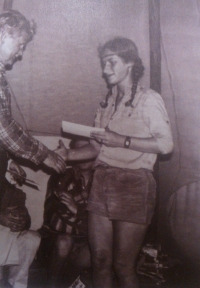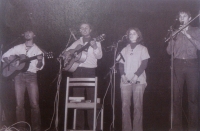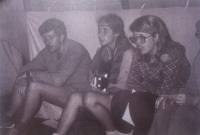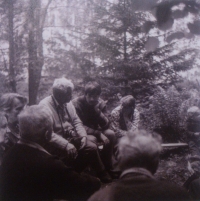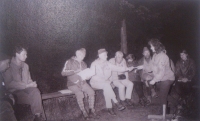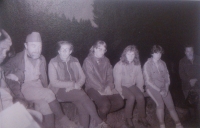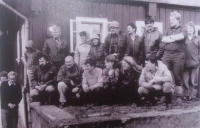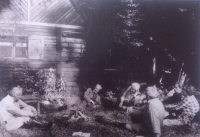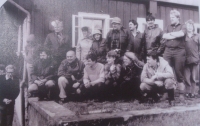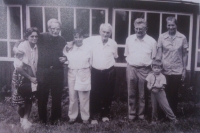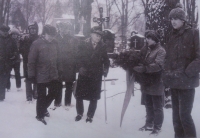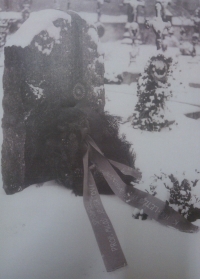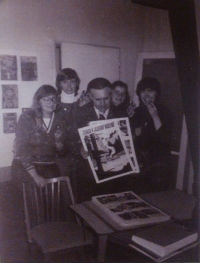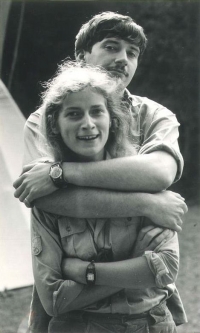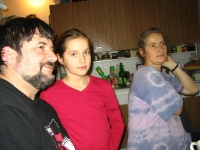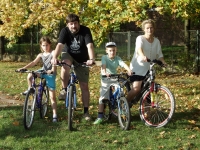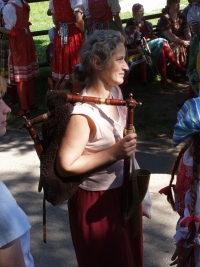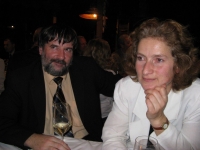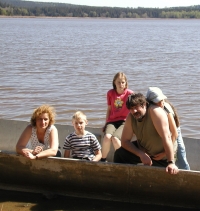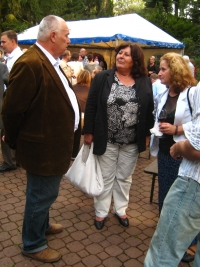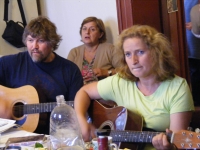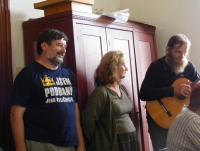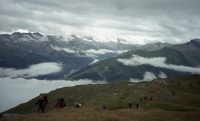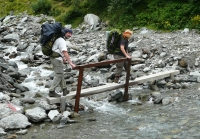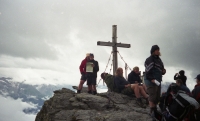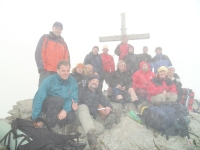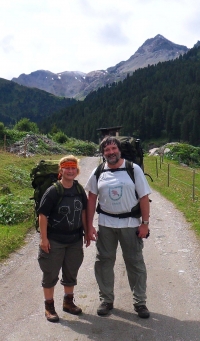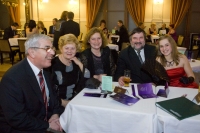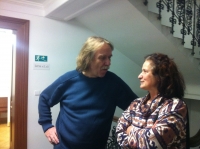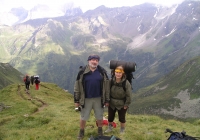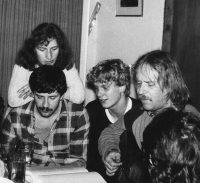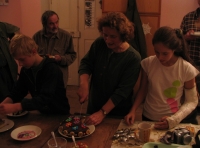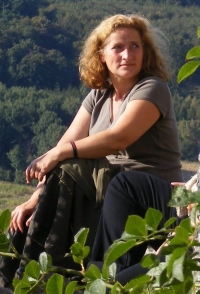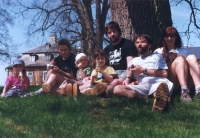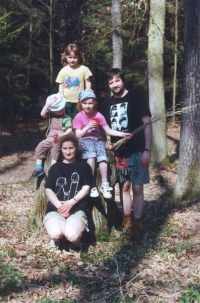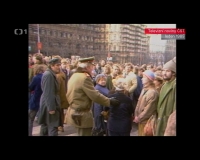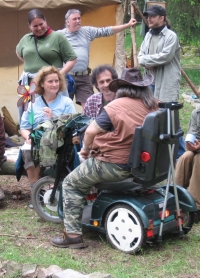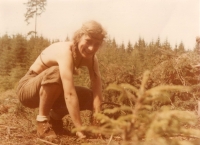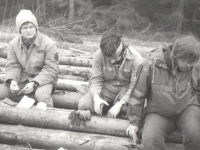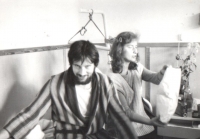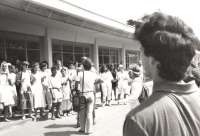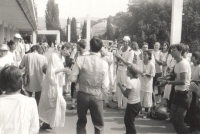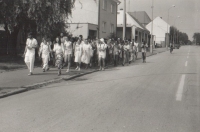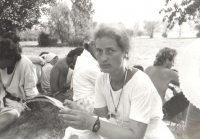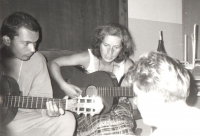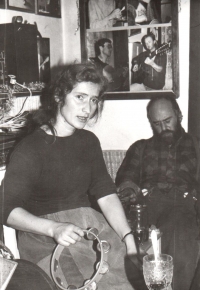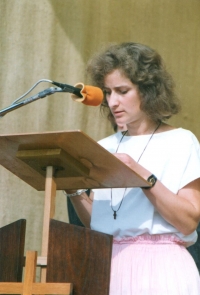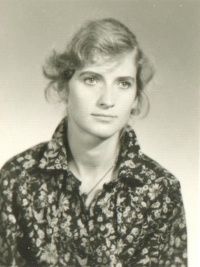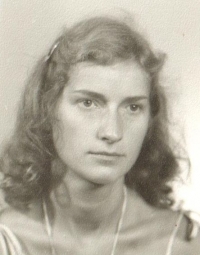My only fear was the fear of hurting someone
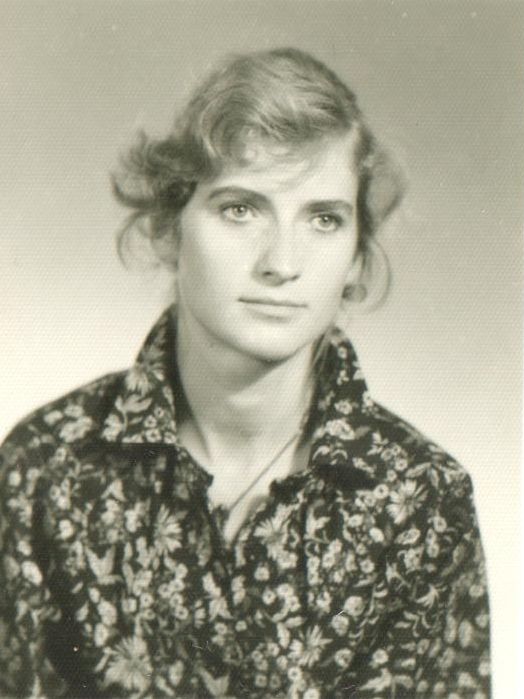
Stáhnout obrázek
Věra Náhlíková was born March 17, 1958 in the borderland city Aš, where she lived until she was nineteen. Her mother came from Polná near Jihlava, her father was from Příbram. When she was ten years old, she witnessed the Warsaw Pact Invasion in Aš. After graduating from a textile high school in Aš she moved to Pilsen where she worked as an educator and a cultural referent for many years. She was deeply influenced by the tramping movement and was, thanks to the Foglar girls club, in contact with Jaroslav Foglar, whom she first visited in 1981. In June 1979 she was subjected to her first interrogation by the State Security for distributing leaflets for the Porta festival in Olomouc. Her participation in the founding of a samizdat magazine Pajda also didn’t go unnoticed by the regime. She copied and distributed other banned literature. Apart from tramping, Věra was also influenced by the woodcraft movement. In 1987 she attended a meeting of the old woodcrafters by Miloš Seifert’s grave and then a discussion in Pilsen with Jaroslav Foglar the following year. She had a first-hand experience of the Palach Week. She signed the ‘Několik vět’ petition and a petition of cultural workers for the release of Václav Havel. She also co-organized the first Pilsen demonstration on the occasion of 44th anniversary of the U.S. liberation of Pilsen and attended the November 17, 1989 demonstration in Prague. She is dedicated to tramping and scouting to this day. She continues to monitor the current political landscape together with her husband, who is active in local politics.
